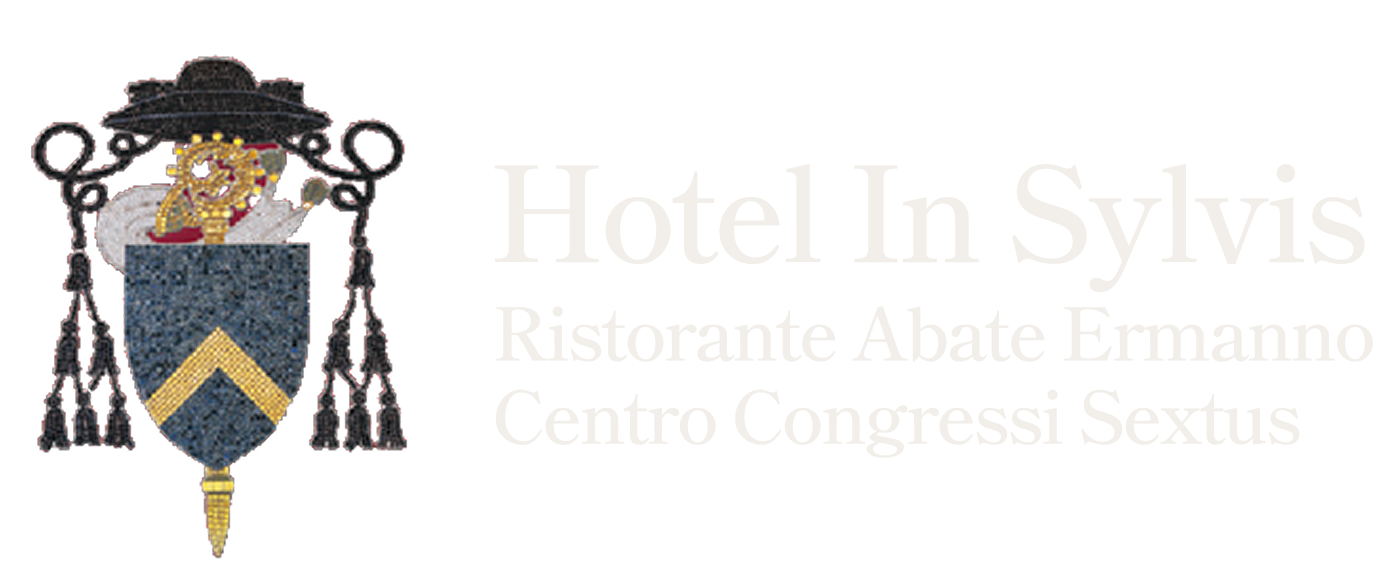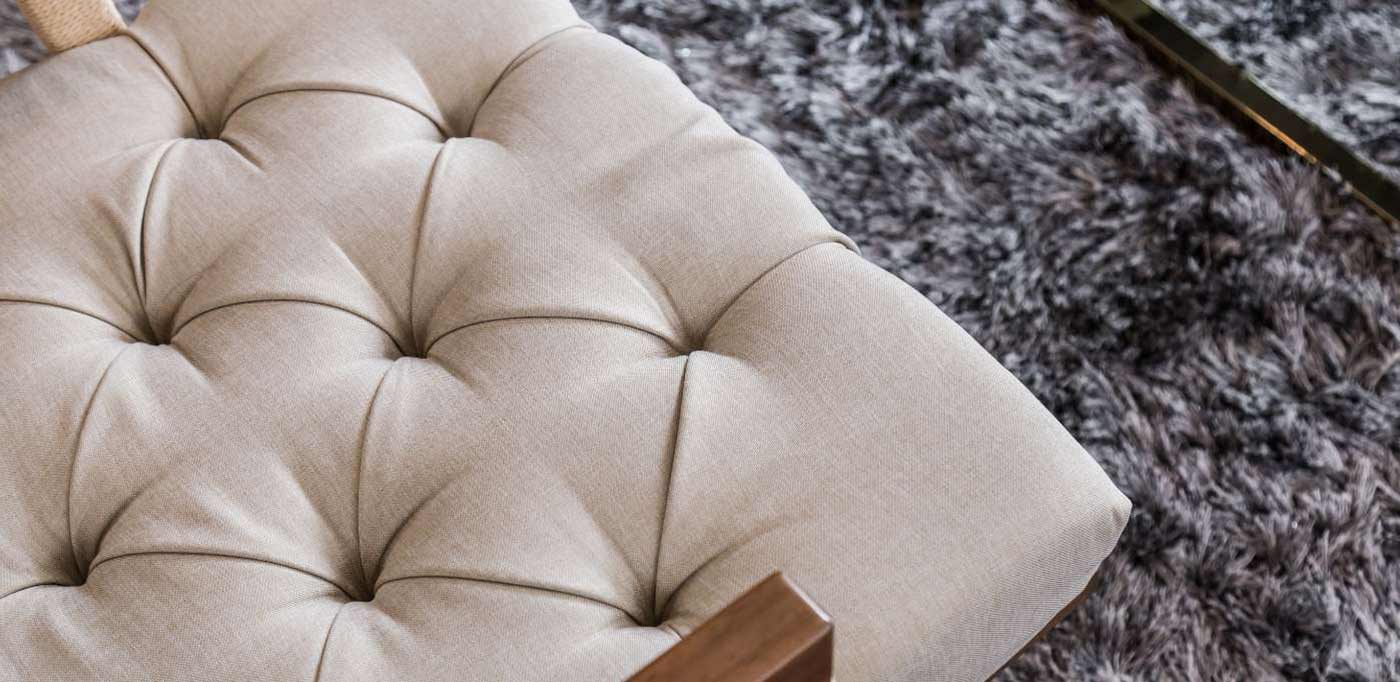Tourist Destinations
Lorem ipsum dolor sit amet, consectetur adipiscing elit, sed do eiusmod tempor incididunt ut labore et dolore magna aliqua. Ut enim ad minim veniam, quis nostrud exercitation ullamco laboris nisi ut aliquip ex ea commodo consequat.
Lorem ipsum dolor sit amet, consectetur adipiscing elit, sed do eiusmod tempor incididunt ut labore et dolore magna aliqua. Ut enim ad minim veniam, quis nostrud exercitation ullamco laboris nisi ut aliquip ex ea commodo consequat.
Venice + -
Universally regarded as one of the most beautiful cities in the world with an artistic heritage incalculable. Declared a UNESCO World Heritage Site. A trip well worth the islands of Murano and Burano famous for its glass and lace. Within its museums Venice offers the possibility to admire the works of the most famous exponents of the art of painting Venetian Bellini, Tintoretto, Titian, Giorgione ... just to name a few.
Trieste and Postojna Caves + -
A city rich in history, museums and magnificent architecture, it was the only outlet to the sea of the Austrian Empire. Famous is the Miramare Castle, which was the residence of Emperor Franz Joseph and Princess Sissi.
Crossing the border into neighbouring Slovenia, just a few kilometres from Trieste is one of the world's most famous natural phenomena:
the Postojna Caves, Slovenia's most important tourist attraction represented by the most impressive of karstic phenomena. They are open to the public and can be visited by a small train for their entire 21 km length. For the past two hundred years, they have boasted the publication of more than one hundred tourist guides.
Cortina d'Ampezzo + -
A beautiful town in the heart of the Dolomites, it is one of Italy's most famous winter holiday destinations, known worldwide not only for its natural beauty but also for its exclusive parties and important guests. Commonly dubbed the ‘VIP destination’, it has become the setting for countless films. In the city centre, there are important art galleries and luxurious shops of the most important international brands.
Caorle + -
A small Venetian seaside town characterised by its pretty little streets and classic low, colourful houses. A fishing town with a colourful harbour that comes alive early in the morning when the fishing boats arrive. A small Venice with a unique atmosphere. Beautiful both in summer and winter. Famous is the waterfront with its huge boulders sculpted by some of the world's most famous artists.
Beaches + -
The Hotel In Sylvis is centrally located for convenient access to
the most beautiful beaches of the Adriatic and offers the possibility
of a higher category of comfort at much lower rates.
Contact us and we will take care of booking your beach place in:
CAORLE
BIBIONE
LIGNANO SABBIADORO
JESOLO
GRADO
History and Culture
Lorem ipsum dolor sit amet, consectetur adipiscing elit, sed do eiusmod tempor incididunt ut labore et dolore magna aliqua. Ut enim ad minim veniam, quis nostrud exercitation ullamco laboris nisi ut aliquip ex ea commodo consequat.
Lorem ipsum dolor sit amet, consectetur adipiscing elit, sed do eiusmod tempor incididunt ut labore et dolore magna aliqua. Ut enim ad minim veniam, quis nostrud exercitation ullamco laboris nisi ut aliquip ex ea commodo consequat.
Sesto Al Reghena and its surroundings + -
Sesto al Reghena: Sesto al Reghena is a small well preserved medieval town, where visiting The Abbey Santa Maria in Sylvis is a must. This cultural jewel built in 8th century is decorated with frescoes from the Giotto School of painters. A few minutes walk further takes you to the beautiful Stalis Mills, situated in a tranquil nature spot, where time has stood still. The Venchiaredo Fountain, which inspired Pierpaolo Pasoloni singing from the ‘Confessions of an Italian’by Ippolito Nievo. Nominated by UNESCO as one of the world’s most beautiful towns, Sesto al Reghena is uniquely picturesque.
Portogruaro: antico importante porto fluviale, conserva tutt'ora nell'architettura del centro storico il fascino dell'antica Repubblica Marinara Veneziana. Nel museo cittadino è possibile ammirare parte dei reperti archeologici romani rinvenuti nella confinante Concordia Sagittaria.
Cordovado: piccola perla medievale del Friuli occidentale e inclusa tra i borghi più belli d'Italia, fu terra di ispirazione poetica per grandi letterati italiani quali Ippolito Nievo e Pier Paolo Pasolini. Merita una visita Villa Freschi, meraviglioso esempio di villa veneta settecentesca.Valvasone:is another of Friuly most Beautiful towns in Italy, that has preserved its medieval style. The annual history re-enactments in September are legendary.
Spilimbergo: in 2013 the city was awarded the prestigious title ‘Ítalian Jewel’ of which there are only 20 in the whole country. The prestigious friulian School of Mosaics is open for visits. It is also the only one in the world and as such is the principal point of reference of the gender and a center for experimentation. Every year the city hosts the biggest folk festival in southern Europe.
Friuly pearls + -
Udine: the capital of the Friuly region is an elegant city, rich with monuments from the romanticism, gothic and venetian periods. It boasts few of the most important frescoes from the 7th century painter Giambattista Tiepolo. The imposing elegant castle soars over the city and is open to visitors.
Palmanova: this perfectly preserved Citty-Fortress has the shape of a star and represents one of the most successful examples of military architecture from the 16th century.
Aquileia: today the perfectly preserved roman ruins are the most visited in the region and considered World Heritage Site by UNESCO. Amongst the numerous events taking place here annually, the ‘tastiest’ is ‘At the table with the ancient romans when the dishes served are cooked from roman recipes.
Pesariis: the place of Clocks is in the suburbs of udine. Here you can visit the museum ‘Villa di Pesariis’ built in 1725, home of the ancient clock making tradition. Strolling through the suburb, you will be amazed to discover many original pieces, e.g. the musical clock, the water turbine clock, the planets clock, the chess clock, etc.
Touring the venetian villas + -
Listed in the World Heritage of UNESCO Register and designed by Palladio, these were the residences of the most powerful families of the Venetian Republic. Most of them are less than an hour away from Hotel In Sylvis in the TREVISO – VICENCA area.
The Napoleonic places + -
Hotel In Sylvis was sequestered by the french army and became an important staging post for the Napoleonic military. Today the ancient stables are the Conference Center Giuseppe Marieni, named after the brilliant Italian Major in the French army, who stayed here.
Your tour in the footsteps of Napoleon Bonaparte starts here! First leg, Villa Manin – country house of the Venetian Dodge, for a time it was occupied by Napoleon. Today it is one of the most important art gallery and a place for art exhibitions. Next, Campoformido, place of the signing of the historic treaty and today is the Treaty Hotel with its authentic 17th century atmosphere.
Our Napoleonic journey ends as we reach Porcia la Villa Correr Dolfin. The Pordenone area was the place of the ‘Battle of the Moths/wood worm’ and every year the Villa Dolfin is transformed in a giant stage in the open, where the battle is re-enacted.
Food and Wine tours
Lorem ipsum dolor sit amet, consectetur adipiscing elit, sed do eiusmod tempor incididunt ut labore et dolore magna aliqua. Ut enim ad minim veniam, quis nostrud exercitation ullamco laboris nisi ut aliquip ex ea commodo consequat.
Lorem ipsum dolor sit amet, consectetur adipiscing elit, sed do eiusmod tempor incididunt ut labore et dolore magna aliqua. Ut enim ad minim veniam, quis nostrud exercitation ullamco laboris nisi ut aliquip ex ea commodo consequat.
San Daniele del Friuli + -
Guided visits to the places, where the unique Italian product, the ham DOP is made. The degustation takes place in the ham factories, ateliers and taverns as the specialties of the region - organic ham, bread and cheese are sampled. Not to be missed is the parade Air Of Celebration in June, when four days of glorious food flavours, music, performances and exhibitions can be savoured.
Sauris + -
One of the most fascinating towns in Carnia, not only for the fabulous panorama, but the richness of its unique culture. This ‘island amidst the mountains’ is the world of the cooked ham, organic cheese, artisan beer, boutiques with the charm coming from antiquity.
Collio and East of Friuly Venezia Giulia + -
Fatherland of the precious and rare wines, in 1968 it was amongst the first in Italy recognised Denomination of Controlled Origin. The most easterly part of the region, is a green paradise, where the mix of Italian, Austrian and Slovenian traditions meld into unique harmony.
The streets/roads of Wines Doc + -
The region between Portogruaro and Treviso abounds with vineyards, wineries and wine shops, highly appreciate by the Dodges of Venice; today, the region continues to welcome throngs of wine aficionados and fans of the high culinary tradition. We highly recommend the guided visits of the Giovanni Bellia Wine Cellars and the Tomasella & Tenute Paladin.
Pagura distillery + -
The award-winning Pagura Distillery in Friuli can boast with the oldest origins, been built in 1879.
Trip to Caorle + -
This is a day trip with a difference – The Laguna Trip will take you up to the Lido in Venice and your special day will be rounded-up by a sumptuous fresh sea food based dinner at Casoni di Caorle. Historically these were the typical fishermen’s houses, that are now transformed into acclaimed rustic restaurants.
Shopping and Casinò
Lorem ipsum dolor sit amet, consectetur adipiscing elit, sed do eiusmod tempor incididunt ut labore et dolore magna aliqua. Ut enim ad minim veniam, quis nostrud exercitation ullamco laboris nisi ut aliquip ex ea commodo consequat.
Lorem ipsum dolor sit amet, consectetur adipiscing elit, sed do eiusmod tempor incididunt ut labore et dolore magna aliqua. Ut enim ad minim veniam, quis nostrud exercitation ullamco laboris nisi ut aliquip ex ea commodo consequat.
Outlet + -
In a less than 30 minutes drive on the motorway, you can take advantage of a day of shopping at the biggest italian designer stores. The prices are highly reduced and both outlets are equidistant from Hotel In Sylvis.
PALMANOVA OUTLET VILLAGE: In a less than 30 minutes drive on the motorway, you can take advantage of a day of shopping at the biggest italian designer stores. The prices are highly reduced and both outlets are equidistant from Hotel In Sylvis.
NOVENTA DI PIAVE DESIGNER OUTLET VILLAGE: is the center of quality shopping nearest to Venice. It is richly decorated with mosaics , frescoes and views inspired by the historic palaces in Venice and Treviso. There is a personal shopper service available for groups, on request.
Shopping & big names + -
Representing our rich heritage, the neighbouring cities of VENICE and TREVISO offer shops of luxury goods from the biggest names in clothes and accessories.
TIARE SHOPPING VILLESSE: the biggest shopping center in the region contains 175 shops, places of entertainment and cinema.
Casinò + -
Less than an hour’s drive, a chance for luxurious enertainment and unique experience
..in the lively atmosphere of Casino Perla near the border in Slovenia. The entertainment complex also houses a SPA, cabaret and concert halls, where performances by famous international and local artists can be enjoyed. For the dance enthusiasts, there dancefloors and disco.
...or in the elegant and exclusive CASINO DI VENEZIA, the oldest gambling house in Italy and the world. Inaugurated in 1638, it has remained unchanged: today, the gaming halls dedicated to Black Jack, French Roulette, texas pocker Hold’em an other table games are conducted by the best professionals. For an informal light entertainment however, there are 600 slot machines.
Tourist attractions
Find out the main events, touristic and oenogastronomic attractions around
Hotel In Sylvis – Ristorante Abate Ermanno by clicking on the following links:



